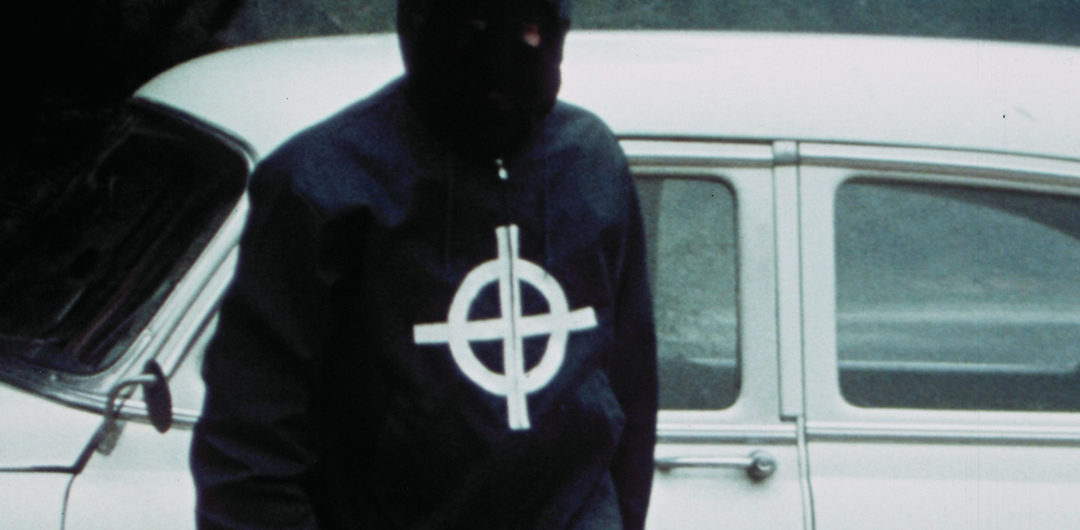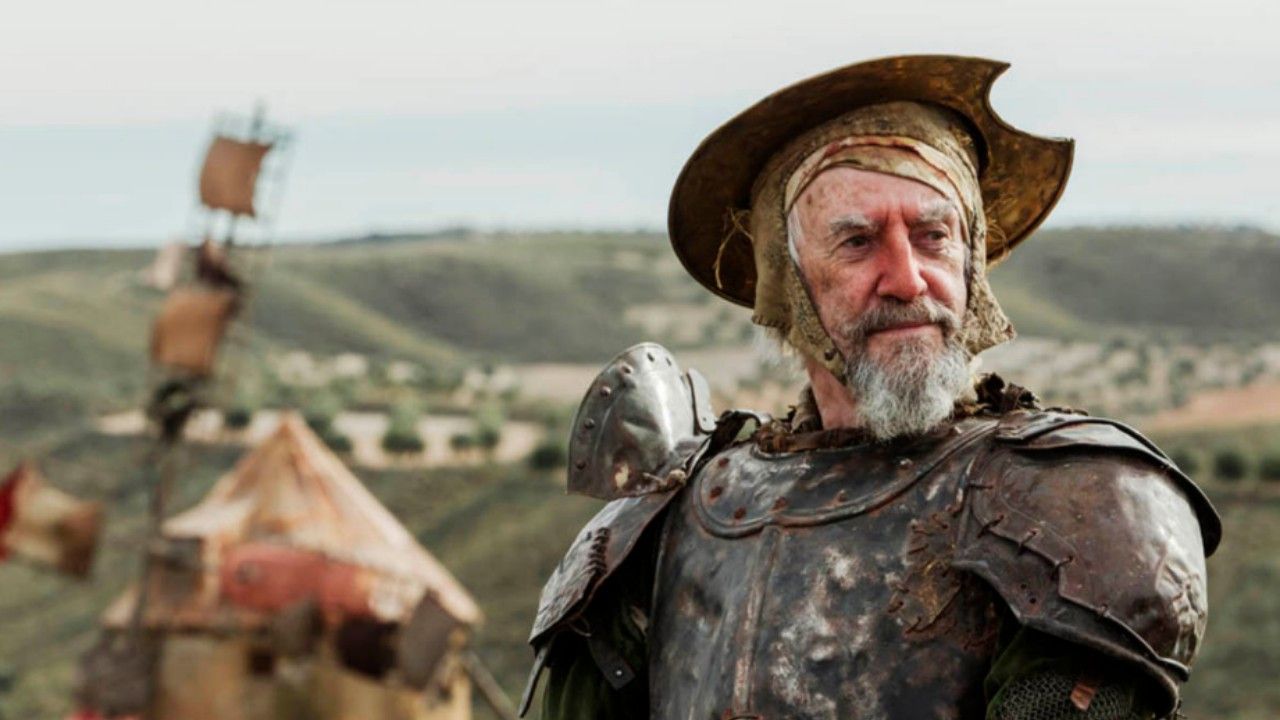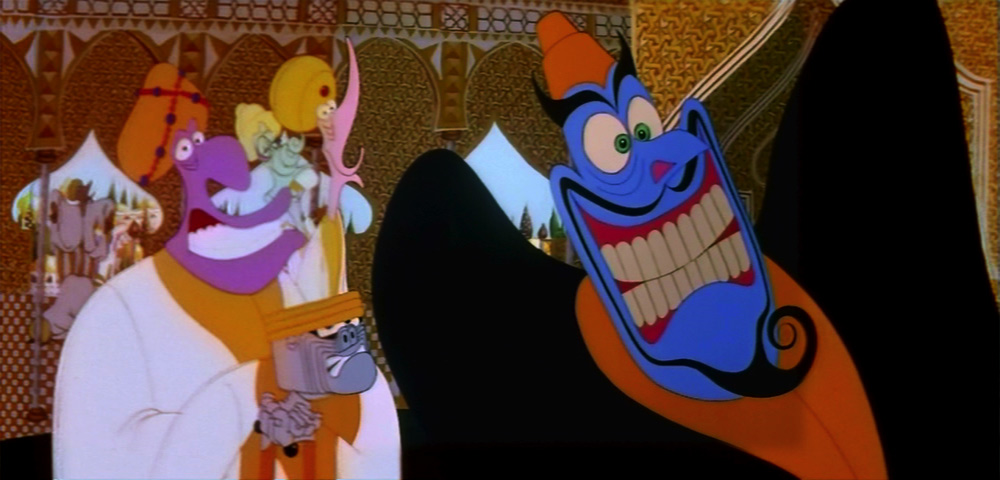6. Top Gun

Top Gun might be the most popular propaganda film of all time. I call it a propaganda film not to dismiss it but because it was approved and funded by the United States government with the intent to encourage more young men to enlist in the army. The ruse worked; not only did the rate of army enlistments go up, producer Jerry Bruckheimer also walked away with oodles of cash.
The success of the Top Gun created a symbiotic relationship between Hollywood and the American military industrial complex that still exists. Thanks to Top Gun, if an American film portrays the US military in a glowing light, they can receive funding from the United States government. The whole enterprise is very similar to the relationship that the American governments had with the American film industry during the Second World War, only without a world war to justify it.
Top Gun’s success also helped change the American public’s view of war. The failure and horrors of the Vietnam War made Americans deeply opposed to needless overseas conflicts but that began to change in the late 1980’s thanks to Top Gun and films of a similar ilk.
7. The Zodiac Killer

Here’s the rare cheapo B- movie with a purpose. The Zodiac Killer was made when its titular serial murderer was still at large and was made in the hope that its makers could apprehend him. The Zodiac killer sent a letter to the police who might play him in a movie. A pizza owner named Tom Hanson spent $13,000 creating a movie about the case believing that such a publicity hungry killer couldn’t resist attending the film’s premier.
Members of the audience were supposed to sign their names on cards in the hopes of winning a motorcycle in a raffle. Hanson thought that he could discover the Zodiac Killer’s identity by using the cards as handwriting samples that he could compare to the letter that the Killer had tauntingly sent to law enforcement; those letters had been previously published in newspapers in the hopes that the public might be able to identify the culprit.
Hanson thought that they might be able to detail the killer but alas, he failed. The identity and name of the Zodiac Killer has remained a mystery for the past fifty years, unless you believe joke rumors about Ted Cruz.
8. The Man Who Killed Don Quixote

Terry Gilliam is an acclaimed director. Don Quixote is considered one of the greatest novels ever written. Terry Gilliam decided to make a film adaptation of Don Quixote. What could possibly go wrong? Apparently, everything.
The Man Who Killed Don Quixote went in and out of production over the course of 29 years, making it the ultimate example of development hell. An entire book could be written about its making. To summarize, Gilliam first announced that he would make a loose adaptation of Don Quixote in 1989, feeling that the novel’s themes of sanity and rebellion against society were akin to his own work.
Ultimately, Gilliam was unable to raise the funds necessary for the film and abandoned it despite it being his dream project. Then the screenplay was drastically rewritten so that it involved a modern marketing executive going back in time and meeting Don Quixote.
This version briefly went into production in 2000 but was cancelled thanks to a flash flood, a lead actor having prostrate issues, an aircraft flying too close to the production and making audio unusable, and actors refusing to arrive for work.
A documentary named Lost in La Mancha chronicled his attempt at making the film and warded off investors. The film’s production began and ended several times over before the film was finally released in 2018 to mediocre reviews. The film was a windmill that Gilliam could (or could not, depending on your view) defeat.
9. The Thief and the Cobbler

If making The Man Who Killed Don Quixote sounds like a hassle, imagine making The Thief and the Cobbler. While Gilliam’s mess went in and out of production over the course of 31 years and holds the Guinness World Record for the longest-lasting production in the history of cinema, inspired by Arabic art and folk tales, the film started as a modest independent production whose hand drawn animation was very time consuming due to its complexity.
After eight years in production, director Richard Williams quit the project because he felt that producers were embezzling funds from him. Williams rewrote the script and sold it as an animated Cecil B. DeMille epic, but a recession caused him to focus on television work. As the process went on, Williams dreamed of making the greatest animated film of all time, both in its storytelling and technical complexity.
Steven Spielberg saw footage from it and was so impressed that he hired Williams to work on Who Framed Roger Rabbit? The success of that film convinced Warner Bros. to put up the money to finish The Thief and the Cobbler but it took so much time to finish it that the studio backed out of the project and Harvey Weinstein scooped up the project, re-editing it into an Aladdin rip-off and giving it a very limited release. It received mixed reviews and Williams receiving the time and money he needed to make the film he wanted to remains a classic “what if” scenario for animation fans.
10. Alien 3

Ridley Scott’s Alien was one of the most popular and acclaimed science fiction films of all time; surely, a follow-up would be a disappointment. Enter James Cameron’s Aliens, a belated sequel which many fans and critics alike deem superior to its predecessor. Given the triumph of Aliens, many fans thought that the third installment in the Alien franchise might be memorable as well. They were wrong.
Alien 3‘s initial script was penned by cyberpunk author William Gibson, but the film’s producers found his ideas for the film uninteresting. They then hired Eric Red, the man who wrote the screenplays for Near Dark and The Hitcher, to write Alien 3, but were again dissatisfied.
Their next choice was David Twohy, who at that point was most known for writing Critters 2: The Main Course; why did the prospective writers for this film keep getting less and less prestigious? Twohy’s script was seen as too derivative, so director Walter Hill was brought in to change the script.
Thanks to sets being built and torn down to accommodate script changes, 20th Century Fox managed to spend seven million dollars before shooting even began. William Gibson’s screenplay is now available online and has been lauded as a masterpiece, but the game of hot potato that the film’s writers played only resulted in a mediocre product.